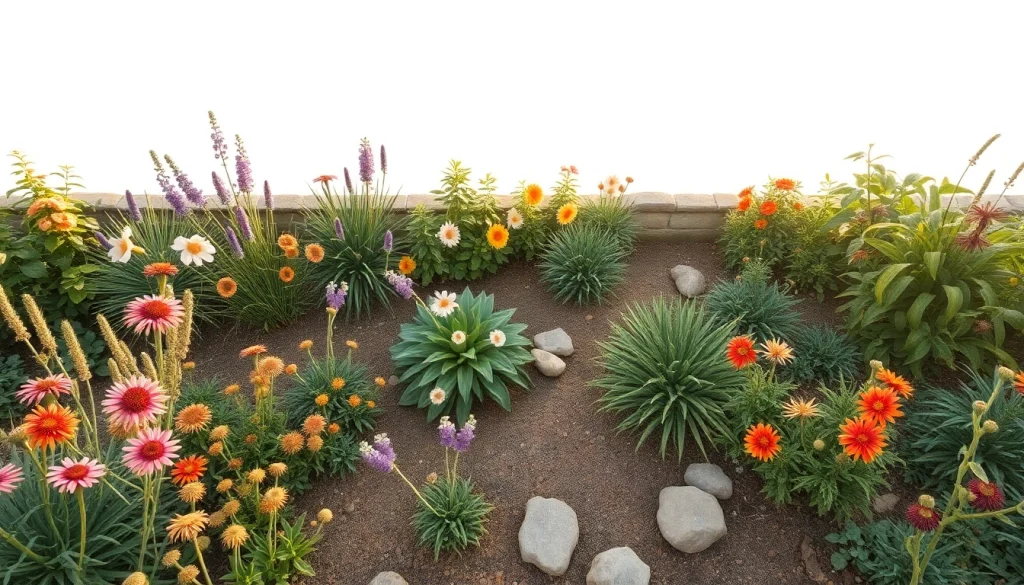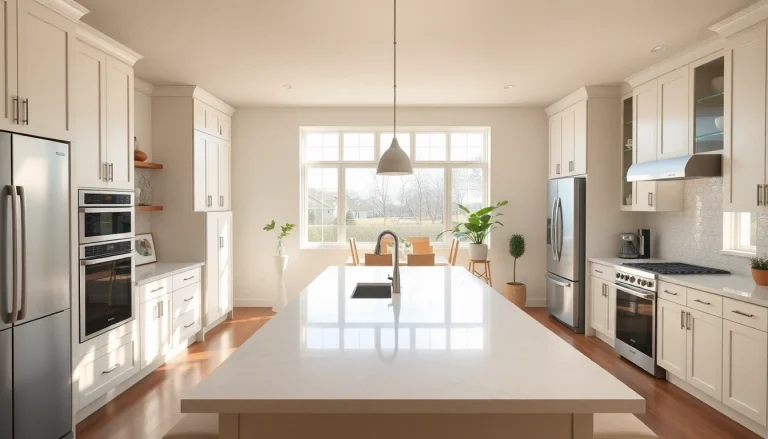
Understanding Landscape Design Services
Landscape design services encompass a range of professional activities aimed at enhancing outdoor spaces. These services are provided by trained designers who possess a deep understanding of horticulture, environmental sustainability, and artistic design principles. By engaging a landscape design service, property owners can transform their yards into personalized environments that meet both aesthetic and functional needs.
What Are Landscape Design Services?
Landscape design services involve assessing a property’s outdoor space to create a cohesive and appealing design plan. This can include everything from the selection of plants and flowers to the implementation of hardscapes like patios and walkways. Designers work closely with clients to understand their vision, preferences, and budget constraints, eventually delivering a detailed plan that often includes drawings, plant lists, and installation guidelines.
Benefits of Professional Landscape Design
Investing in professional landscape design offers numerous advantages:
- Enhanced Aesthetics: Skilled designers create visually appealing landscapes that enhance the overall beauty of a property.
- Increased Property Value: Well-designed landscapes can significantly increase a property’s market value.
- Functional Outdoor Spaces: A professional can optimize the use of space, ensuring that outdoor areas are functional for activities such as entertaining or gardening.
- Sustainability: Designers can incorporate sustainable practices, selecting native plants that require less water and maintenance, and integrating eco-friendly materials.
Choosing the Right Landscape Design Service
Selecting the right landscape designer is vital for the success of any outdoor project. Consider the following factors:
- Experience: Look for a designer with a solid portfolio and experience in the specific types of projects you envision.
- Reputation: Seek testimonials or case studies from past clients to gauge the service provider’s reliability and quality of work.
- Communication: Choose a designer who actively listens to your needs and effectively communicates their ideas and suggestions.
Key Components of Effective Landscape Design
Plants and Flora Selection
The choice of plants is crucial for creating a sustainable and attractive landscape. A good designer will select flora based on climate, soil type, and desired aesthetic effects. Native plants are often preferred, as they require less water and maintenance, and provide habitat for local wildlife. The plant selection process usually includes:
- Color Coordination: Creating a visually stunning layout by combining complementary colors.
- Seasonal Interest: Incorporating a variety of plants that bloom in different seasons.
- Texture and Shape: Varying the texture and form of plants adds depth to the landscape.
Hardscaping Features
Hardscaping refers to the non-plant elements of landscape design, such as walkways, patios, fences, and retaining walls. Incorporating well-planned hardscaping enhances functionality and complements the plant selection. Important considerations include:
- Materials: Choosing durable and appropriate materials for each feature to ensure longevity.
- Layout: Smart placement of hardscape elements can guide traffic patterns and enhance the flow of the outdoor space.
- Integration: Seamless integration of hardscaping with existing natural features can create a harmonious outdoor space.
Water Features and Irrigation Systems
Water features, such as ponds, fountains, and waterfalls, can add a serene element to a landscape, creating auditory and visual appeal. Additionally, an efficient irrigation system is essential for maintaining plant health, especially in areas with variable rainfall. Key aspects to consider include:
- Design: The design of water features should reflect the overall theme of the landscape.
- Maintenance: Consider the time and resources required for regular maintenance of water features and irrigation systems.
- Conservation: Employing xeriscaping principles can reduce water usage while maintaining a vibrant landscape.
Common Challenges in Landscape Design
Budget Constraints
Financial limitations can pose significant challenges in landscape design. Clients often wish for elaborate designs but may need to balance their finances. Effective strategies include:
- Prioritization: Identify key areas to focus on that will offer maximum visual and functional impact.
- Phased Implementation: Consider implementing the design in phases, allowing for cost distribution over time.
- Material Selection: Opt for cost-effective materials that do not compromise on aesthetics.
Property Space Limitations
Limited space can hinder the potential of landscape design, but creative solutions exist. Designers can optimize small areas by:
- Vertical Gardening: Utilizing vertical space with wall planters or trellises to maximize plant area.
- Multipurpose Elements: Designing features that serve more than one purpose, such as benches that also function as storage.
- Tracking Movement: Observing how people move through the space can inform the layout, ensuring it feels more expansive.
Regulatory Compliance
Adhering to local laws and regulations is crucial in landscape design. This may include zoning laws, permits for specific installations, and adherence to homeowner association guidelines. To navigate this challenge:
- Research: Before starting, research laws affecting your project, including any restrictions on plant choices.
- Consult Professionals: Work with experienced designers who understand local regulations and can assist in compliance.
- Plan for the Unexpected: Be prepared for potential setbacks that may arise from regulatory constraints.
Best Practices for Engaging a Landscape Design Service
Evaluating a Landscape Designer’s Portfolio
When selecting a landscape designer, their portfolio serves as a reflection of their style and capability. When assessing portfolios, pay attention to:
- Diversity of Projects: Look for a range of styles and project types that align with your vision.
- Attention to Detail: Good portfolios showcase the designer’s attention to details, such as plant health and hardscape quality.
- Client Testimonials: Positive reviews can indicate client satisfaction and a designer’s reliability.
Understanding Project Timelines
A clear understanding of project timelines is essential for setting expectations. It is important to establish:
- Phases of Work: Discuss how long each phase of the project is expected to take and what each entails.
- Weather Considerations: Be aware of seasonal factors that may impact project schedules.
- Contingency Plans: Understand how delays will be managed and communicated throughout the project.
Establishing Clear Communication
Effective communication is the backbone of any successful landscape design project. To foster this, consider:
- Regular Updates: Ensure that your designer provides regular status updates and addresses any concerns promptly.
- Feedback Opportunities: Create designated times for feedback to ensure the project aligns with your vision.
- Open Dialogues: Establish an environment where both parties can share ideas and adjustments to enhance the outcome.
Measuring Success in Landscape Projects
Defining Goals and Outcomes
A successful landscape project begins with clear goals and desired outcomes. Clients should outline what they want to achieve, whether it’s improved aesthetics, better functionality, or increased sustainability. Specific metrics could include:
- Visual Appeal: Improvement in overall beauty as perceived by clients and visitors.
- Functionality: Whether the space accommodates activities as intended.
- Sustainability: Reduction in water usage or maintenance requirements following implementation.
Monitoring Project Development
Ongoing monitoring throughout the project lifecycle is critical to ensure alignment with the original design and to adjust as necessary. Practices for effective monitoring include:
- Site Visits: Regular site visits allow clients to see progress and address any issues firsthand.
- Visual Documentation: Keeping a visual record of the project can help in assessing changes and enhancements.
- Coordination Meetings: Additional meetings with the designer or contractor can ensure that all aspects align with expectations.
Gathering Client Feedback and Adjustments
After project completion, gathering feedback is essential for assessing success and implementing any necessary adjustments. This can involve:
- Surveys: Distributing surveys to gauge satisfaction with the outcome.
- Follow-Up Visits: Scheduling follow-up visits to discuss how well the design functions over time.
- Readjustments: Being open to making changes based on feedback can enhance long-term satisfaction with the design.





